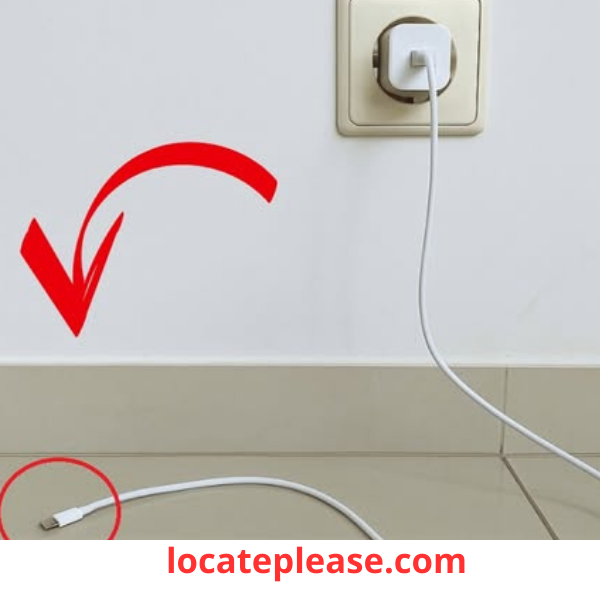Chargers are an essential part of our daily lives, powering up our devices and keeping us connected. But did you know that leaving your charger plugged into the wall—even when it’s not charging your phone—can have unintended consequences? From wasting electricity to posing potential safety risks, here’s why you should think twice before leaving your charger in the outlet.
1. It Still Draws Power – Even When Not Charging
When you leave your charger plugged in without a device attached, it doesn’t just sit idle—it continues to draw a small amount of power. This phenomenon is known as phantom power or vampire energy . While the energy consumption is minimal (typically less than one watt), over time, these small amounts can add up, especially if you have multiple chargers scattered around your home.
Why It Matters:
- A single charger might not break the bank, but collectively, all those chargers left plugged in can contribute to unnecessary energy waste.
- For eco-conscious individuals or those trying to reduce their carbon footprint, unplugging unused chargers is an easy way to conserve electricity.
- If you’re looking to save on utility bills, every watt counts. Unplugging chargers during downtime ensures you’re not paying for energy you’re not even using.
2. Low-Quality Chargers Can Overheat and Pose a Fire Risk
Not all chargers are created equal. While certified, high-quality chargers are designed with safety features like proper heat regulation, cheap or uncertified chargers often lack these safeguards. Leaving such chargers plugged in for extended periods increases the risk of overheating, which could potentially lead to a fire.
Red Flags to Watch For:
- Warm Chargers: If your charger feels hot to the touch while plugged in (even without a phone), it’s a sign of poor quality or internal issues.
- Visible Damage: Frayed cords, discoloration, or burn marks are warning signs that your charger needs immediate replacement.
- Counterfeit Products: Many low-cost chargers sold online or at bargain stores don’t meet safety standards and can be hazardous. Always opt for reputable brands and look for certifications like UL (Underwriters Laboratories).
While the likelihood of a charger causing a fire is relatively low, defective or damaged chargers can create serious hazards. Play it safe by inspecting your chargers regularly and replacing them if needed.
3. Overloaded Circuits Can Be a Problem – But Not from One Charger
One of the common misconceptions about leaving chargers plugged in is that they’ll overload your circuits. In reality, a single charger uses such a negligible amount of power that it’s highly unlikely to cause any issues. However, problems arise when multiple high-wattage devices—like space heaters, microwaves, or air conditioners—are connected to the same circuit.
Tips for Safe Usage:
- Avoid overloading power strips or extension cords with too many devices. Use a high-quality surge protector instead of a basic extension cord.
- If you notice flickering lights or tripped breakers, it may be a sign that your circuit is overloaded. Distribute appliances across different outlets to prevent strain.
- Keep an eye on older homes with outdated wiring, as they may be more susceptible to electrical issues.
4. Leaving Chargers Plugged In Can Cause Wear and Tear
Chargers aren’t indestructible—they have a finite lifespan. Constantly leaving them plugged into an outlet subjects them to continuous electrical flow, which can gradually degrade their internal components. Over time, this wear and tear can shorten the charger’s lifespan and make it more prone to failure when you need it most.
How to Extend Charger Lifespan:
- Unplug chargers when they’re not in use to reduce unnecessary stress on the components.
- Store chargers properly, avoiding exposure to extreme temperatures or moisture.
- Invest in durable, high-quality chargers that are built to last longer than their cheaper counterparts.
The Bottom Line
Leaving a charger plugged in without your phone might seem harmless, but it’s not entirely risk-free. From wasting electricity to increasing the chances of overheating or premature wear, there are valid reasons to unplug your chargers when they’re not in use. Plus, adopting this simple habit can help you save money, conserve energy, and ensure your chargers remain in good working condition.
So next time you unplug your phone, take an extra second to unplug the charger too. It’s a small step that can make a big difference—for your wallet, your safety, and the environment!










